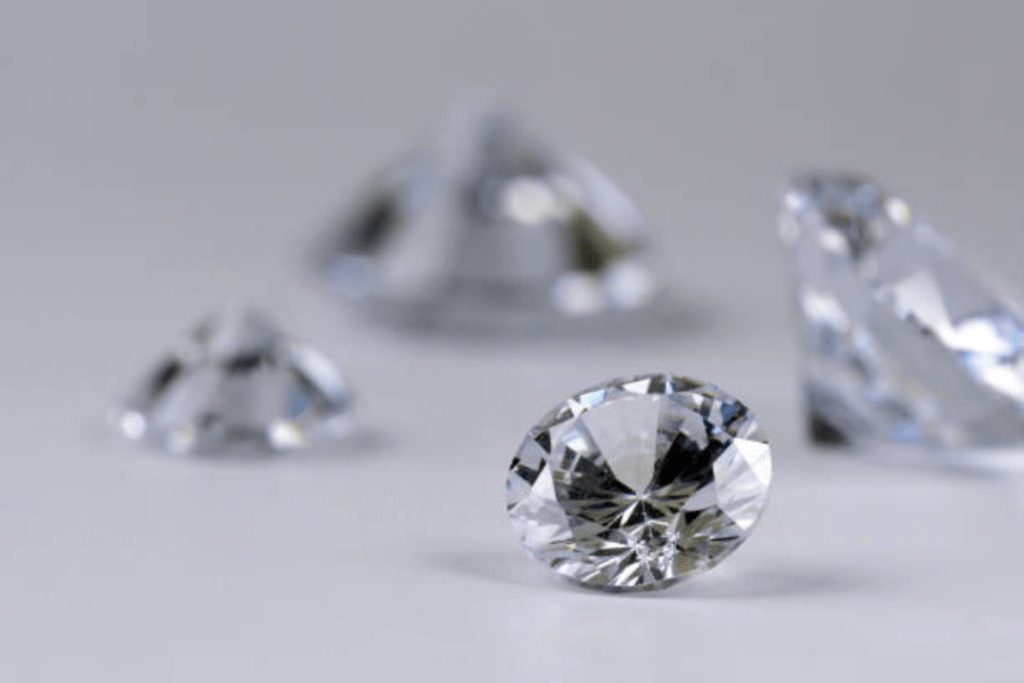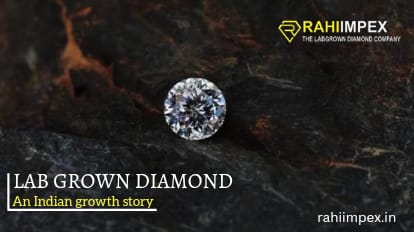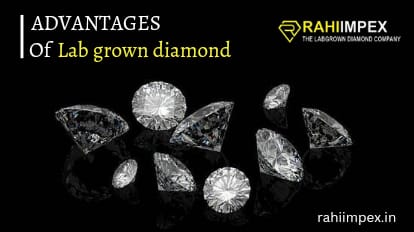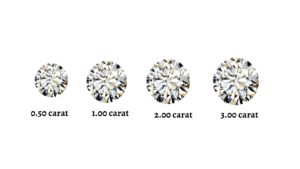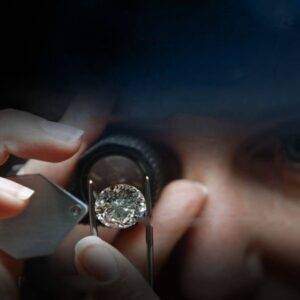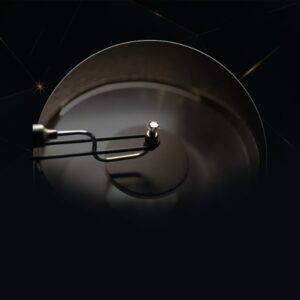Discover the fascinating world of lab-grown diamonds and get ready to unearth the truth behind these stunning gems. In this comprehensive blog post, we’ll explore the science, ethics, and value of lab-grown diamonds. Dive into the brilliance and beauty of these sustainable alternatives to natural diamonds and find answers to your burning questions about lab-grown diamonds.
**Question 1: What are lab-grown diamonds, and how are they created?**
Lab-grown diamonds, also known as synthetic or man-made diamonds, are real diamonds with the same chemical and physical properties as natural diamonds. They are created in controlled environments using advanced technological processes that mimic the conditions under which natural diamonds form deep within the Earth’s mantle.
**Question 2: How do lab-grown diamonds compare to natural diamonds in terms of quality and value?**
Lab-grown diamonds are virtually indistinguishable from natural diamonds in terms of quality, appearance, and durability. They are graded using the same criteria as natural diamonds and can even be of higher quality. In terms of value, lab-grown diamonds are often more affordable than their natural counterparts.
**Question 3: Are lab-grown diamonds ethical and environmentally friendly?**
Yes, lab-grown diamonds are considered a more ethical and environmentally friendly choice. They are produced with minimal environmental impact and without the ethical concerns associated with some diamond mining practices, such as conflict diamonds.
**Question 4: Do lab-grown diamonds have flaws or imperfections?**
Like natural diamonds, lab-grown diamonds can have inclusions or flaws, but the level of imperfections varies. Some lab-grown diamonds are nearly flawless, while others may have minor inclusions. It depends on the specific manufacturing process and quality control.
**Question 5: Can lab-grown diamonds be used for engagement rings and other jewelry?**
Absolutely! Lab-grown diamonds are a popular choice for engagement rings and all types of jewelry. They offer the same brilliance and beauty as natural diamonds but often at a more affordable price point.
**Question 6: How can consumers ensure the authenticity of lab-grown diamonds when making a purchase?**
To ensure the authenticity of lab-grown diamonds, consumers should look for reputable jewelers and request certification from recognized gemological laboratories. These certifications verify the diamond’s origin and quality.
**Question 7: Are lab-grown diamonds a sustainable choice?**
Yes, lab-grown diamonds are considered a sustainable choice. Their production consumes fewer resources, generates less waste, and has a lower carbon footprint compared to mining natural diamonds.
**Question 8: Are lab-grown diamonds a good investment?**
While lab-grown diamonds can be a cost-effective choice for jewelry, they are not typically considered an investment like natural diamonds. Natural diamonds can appreciate in value over time, while lab-grown diamonds are generally more stable in price.
**Question 9: What is the future of lab-grown diamonds in the jewelry industry?**
The future of lab-grown diamonds looks promising. They are gaining popularity due to their ethical and sustainable attributes. As technology advances, we can expect even more innovative uses and designs featuring lab-grown diamonds in the jewelry industry.
In conclusion, lab-grown diamonds offer a sustainable, ethical, and visually stunning alternative to natural diamonds. They are a fantastic choice for consumers who value both quality and environmental responsibility when it comes to their jewelry purchases.
